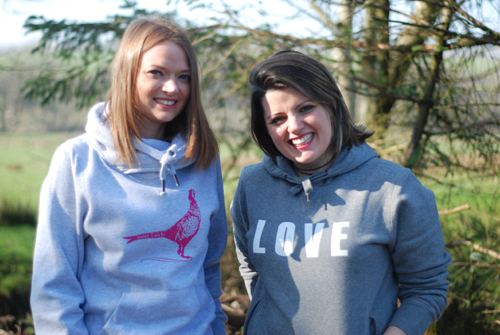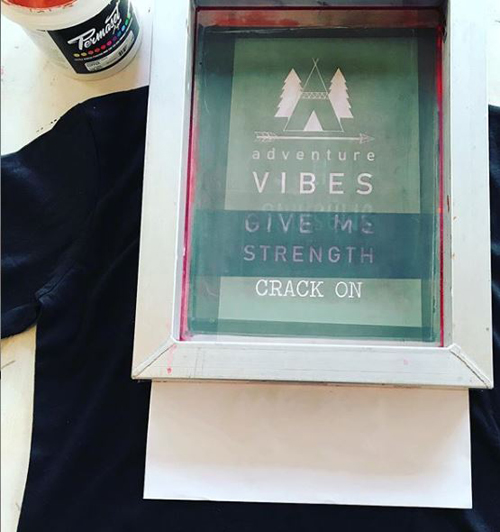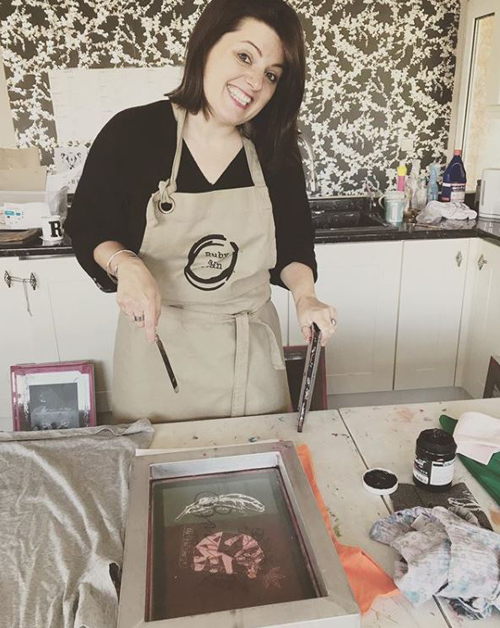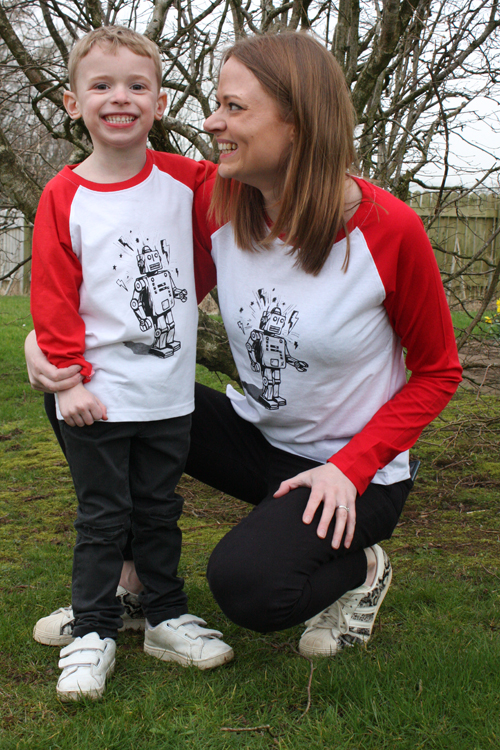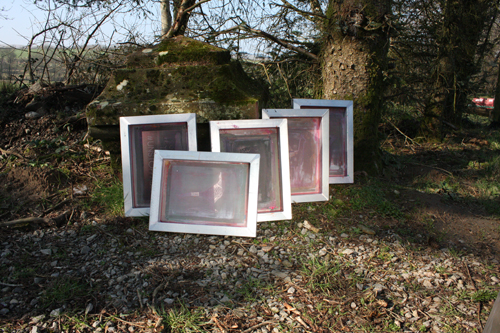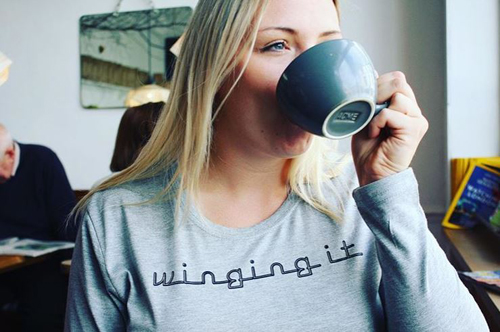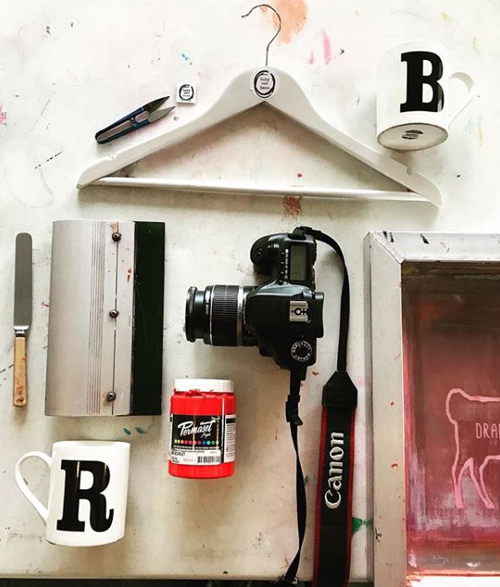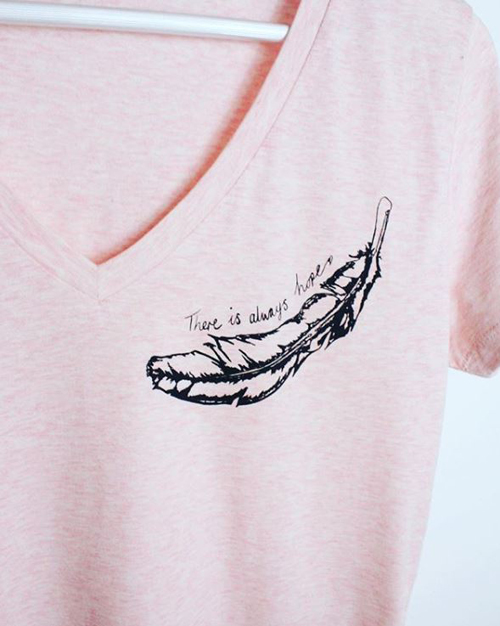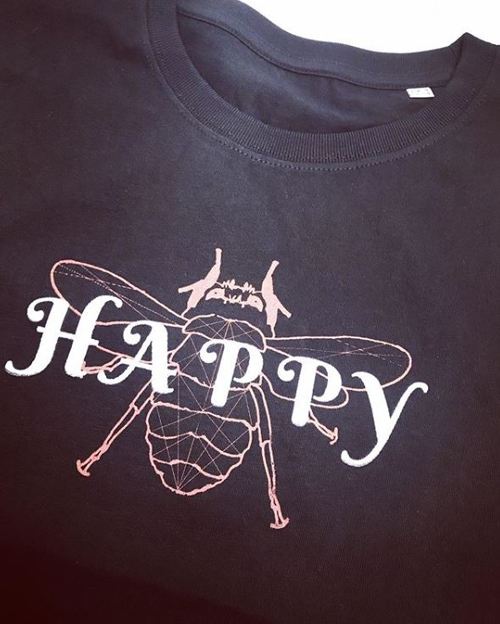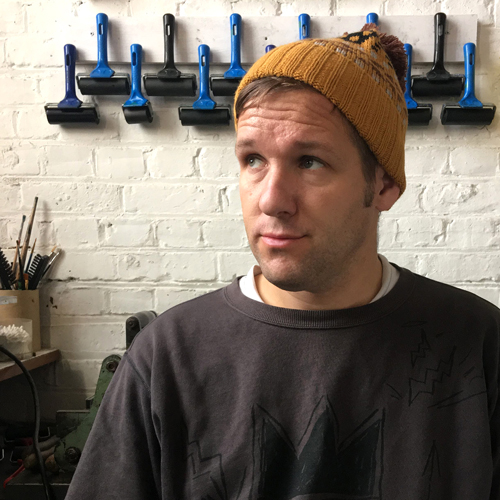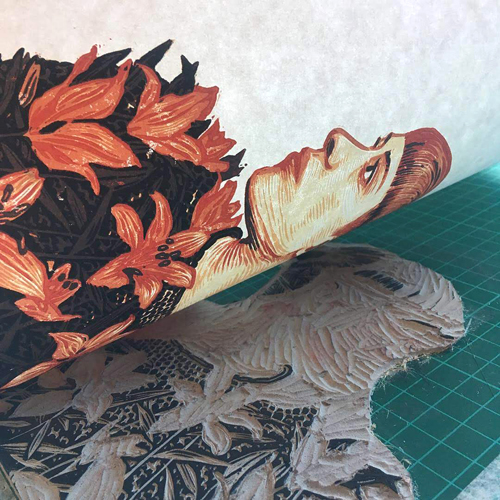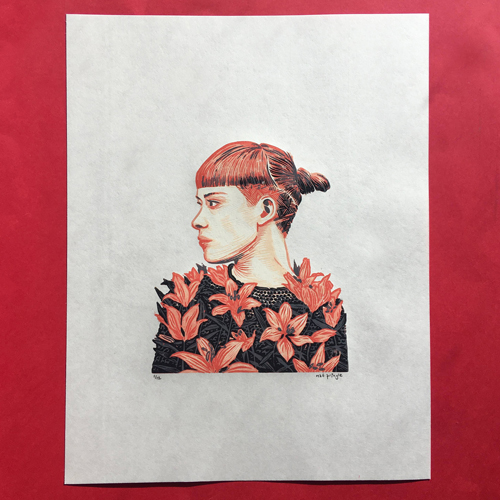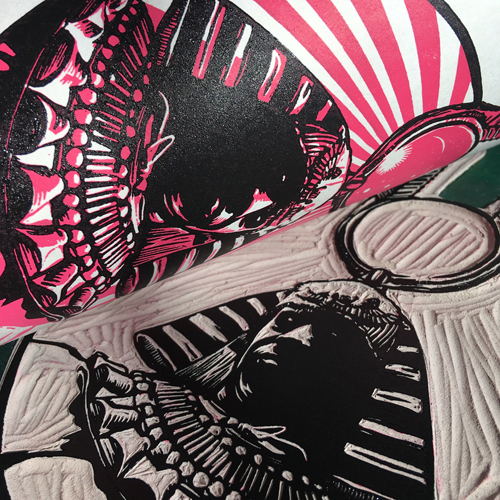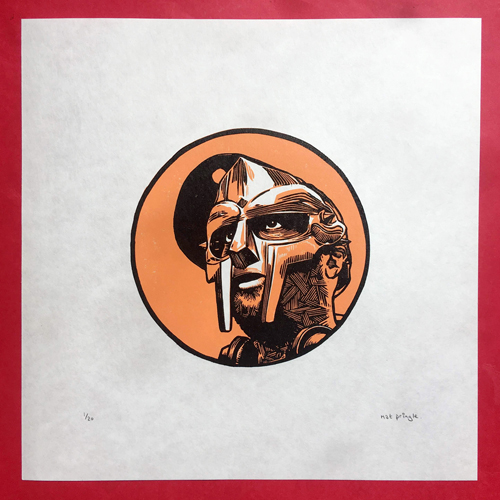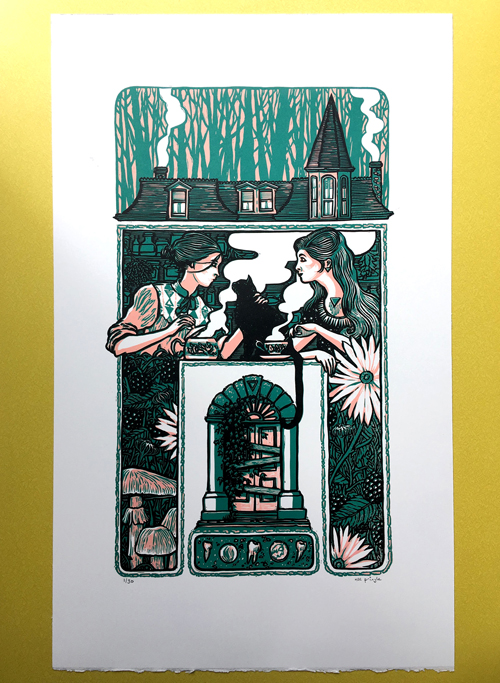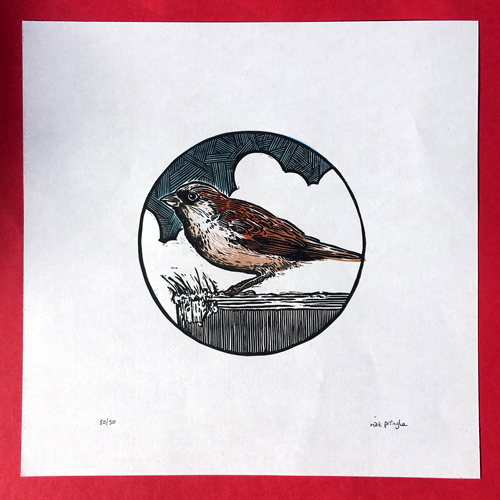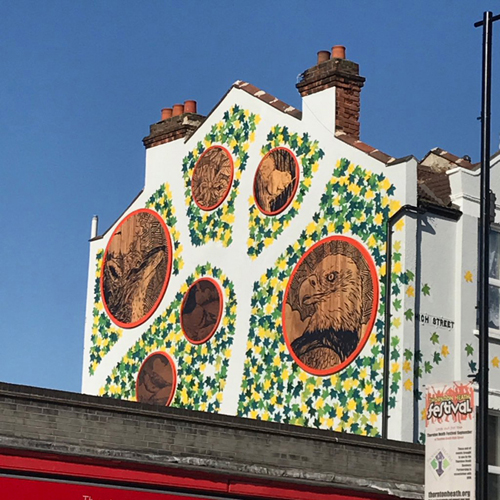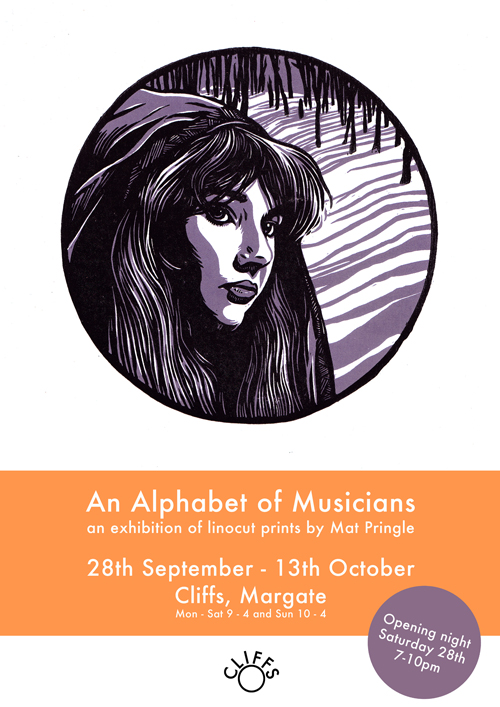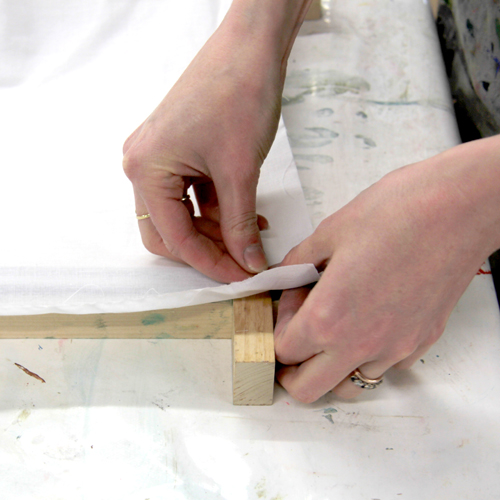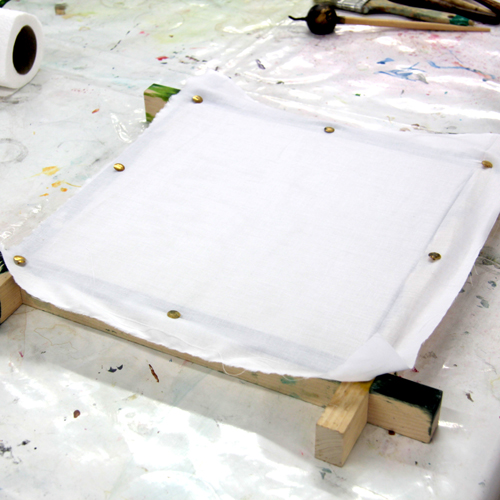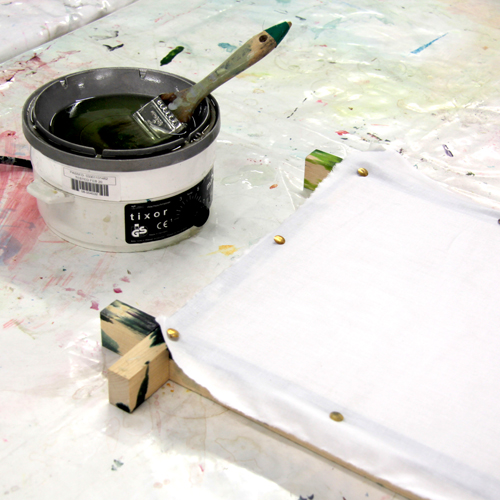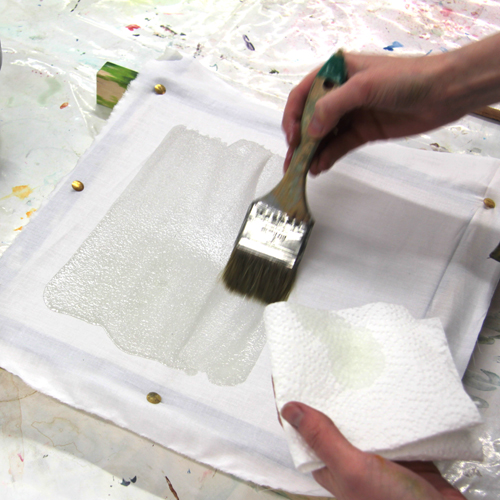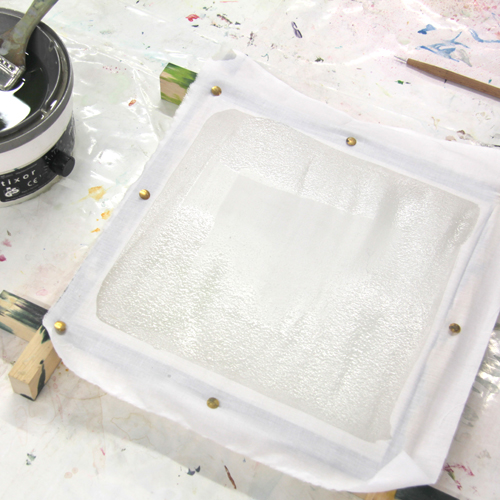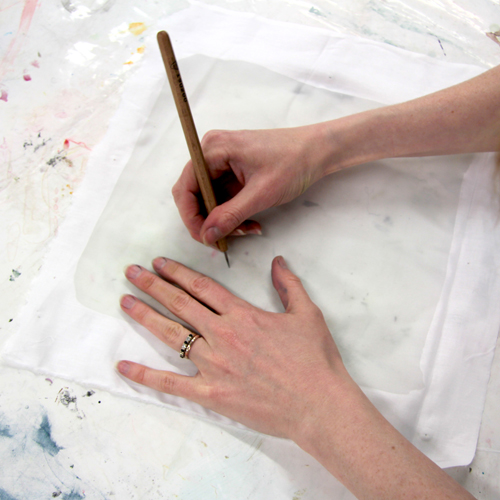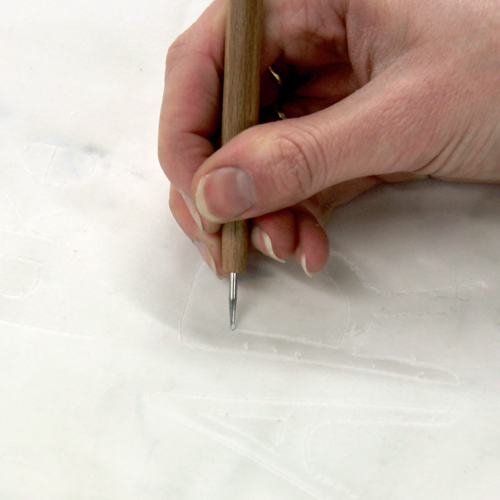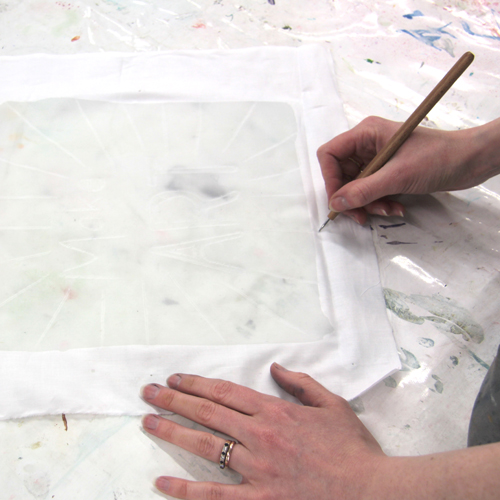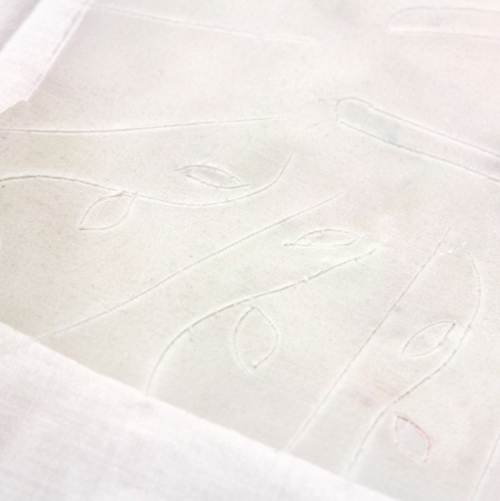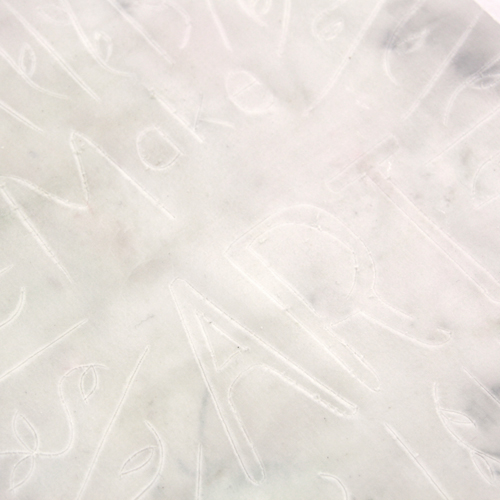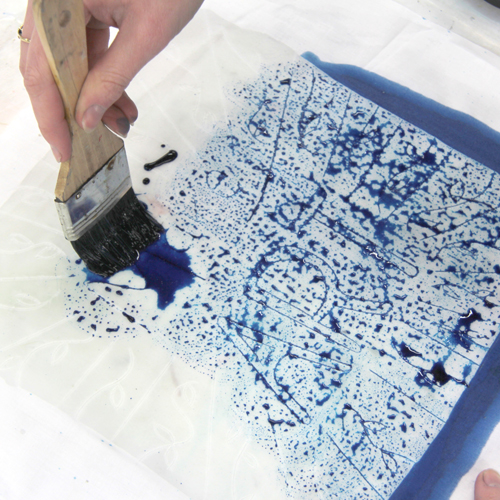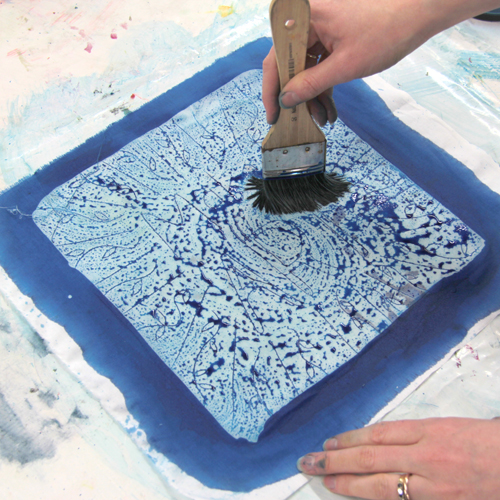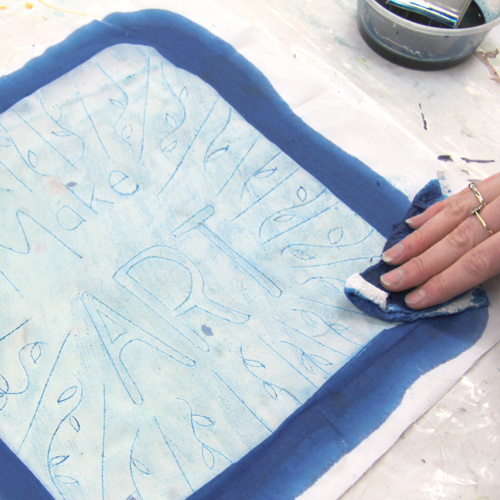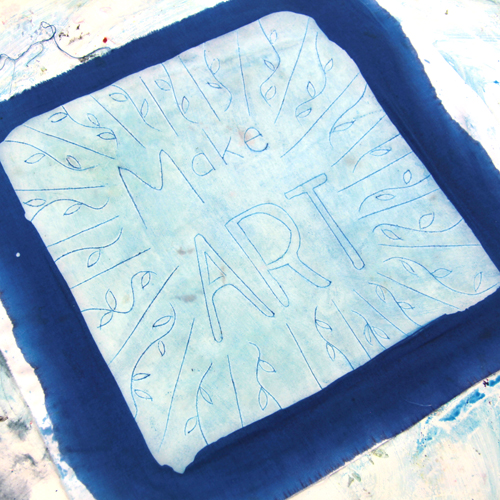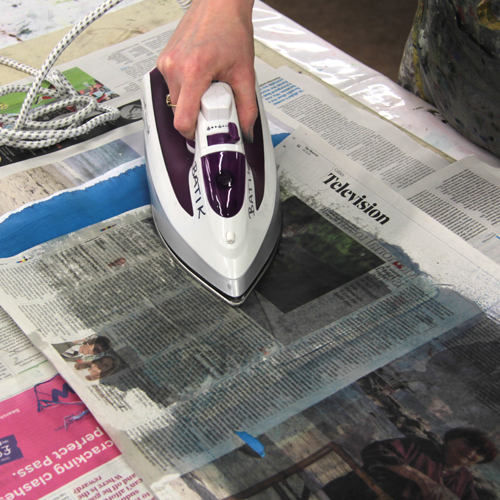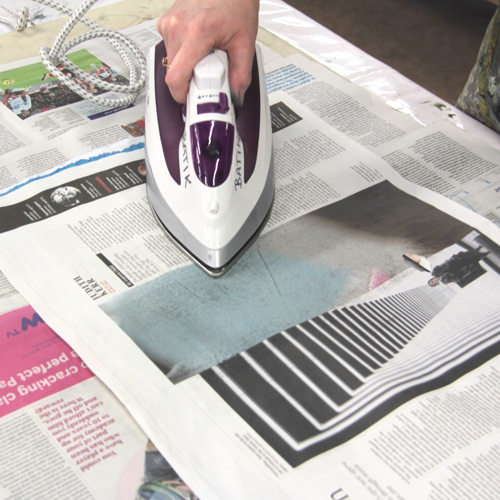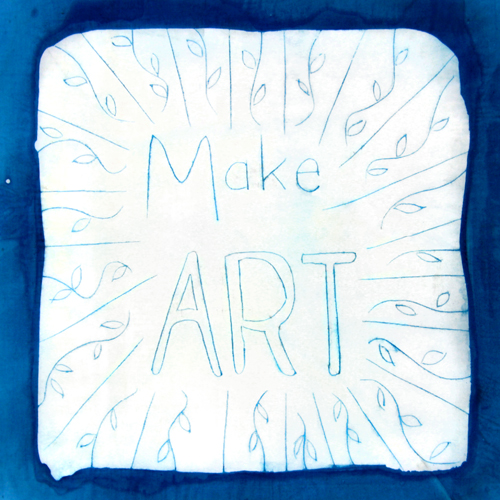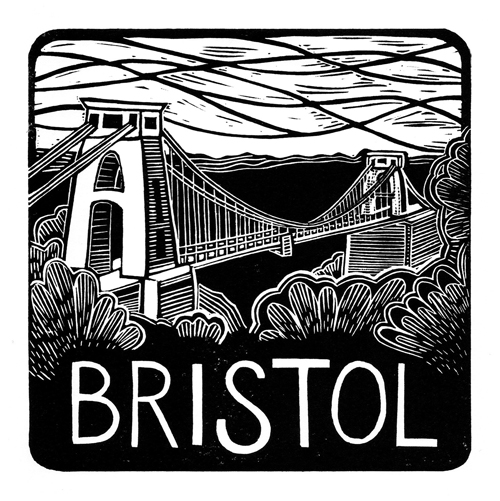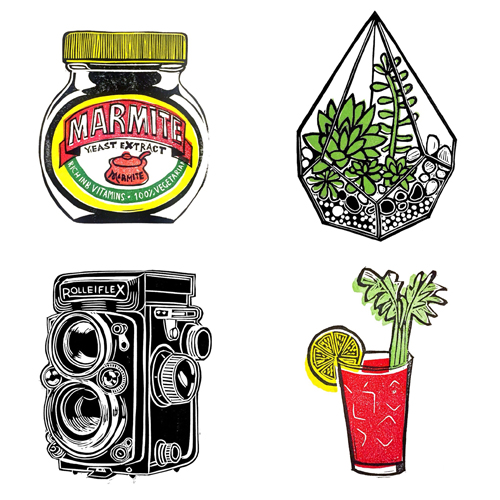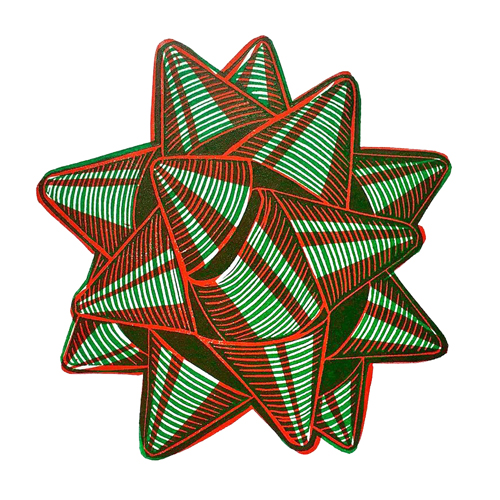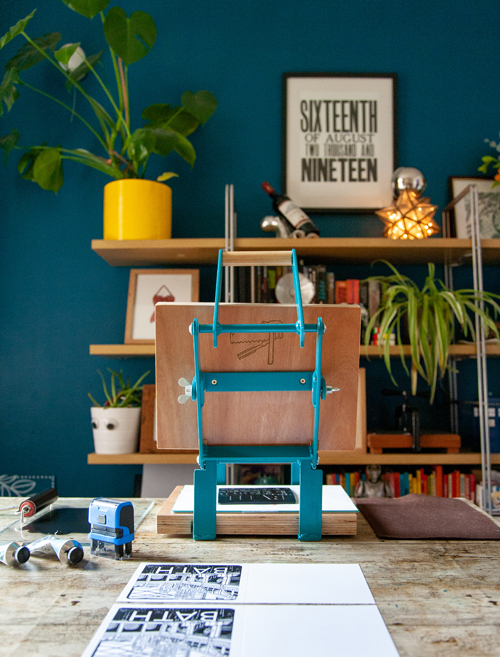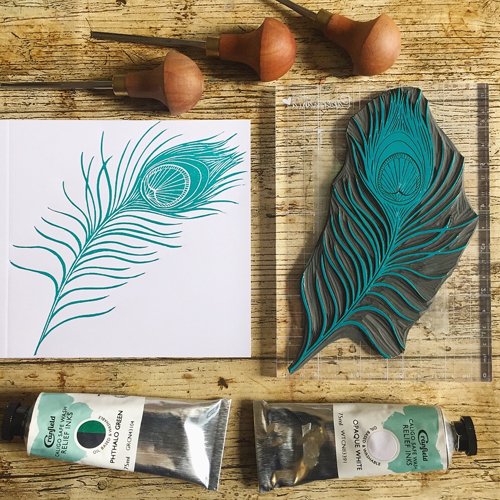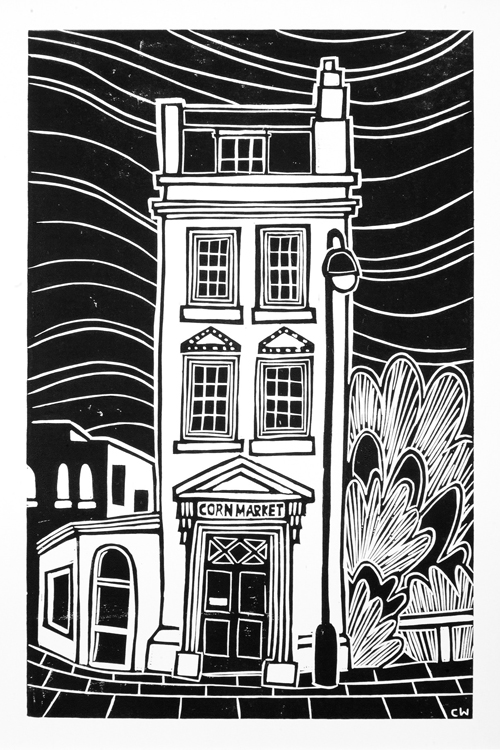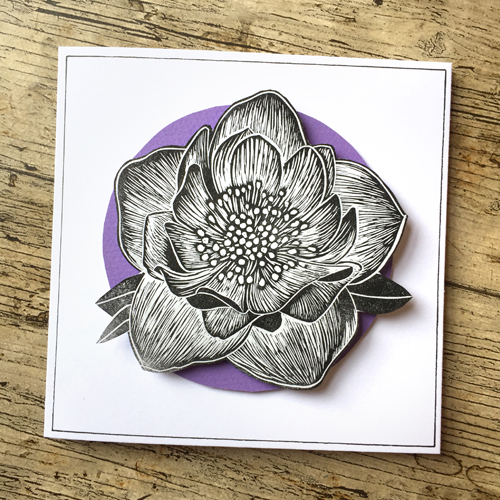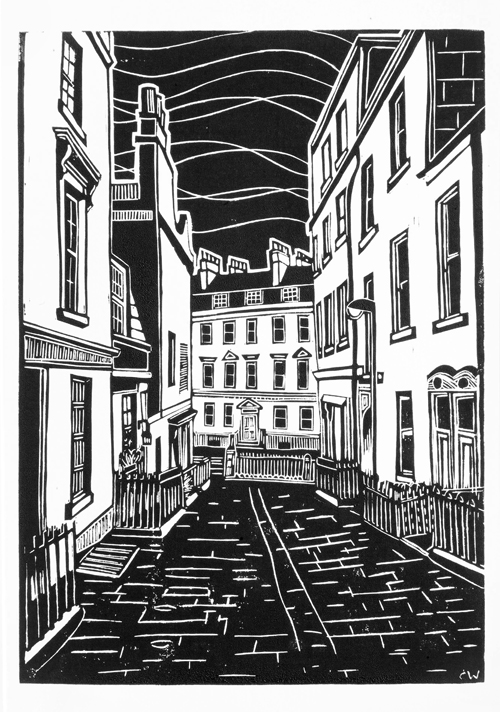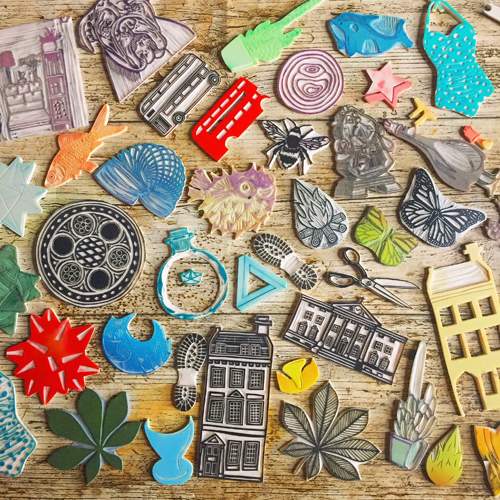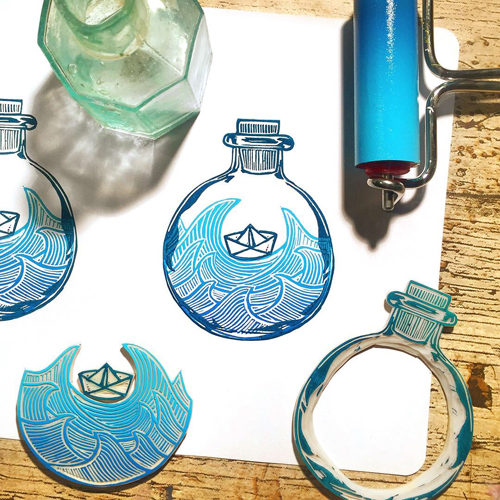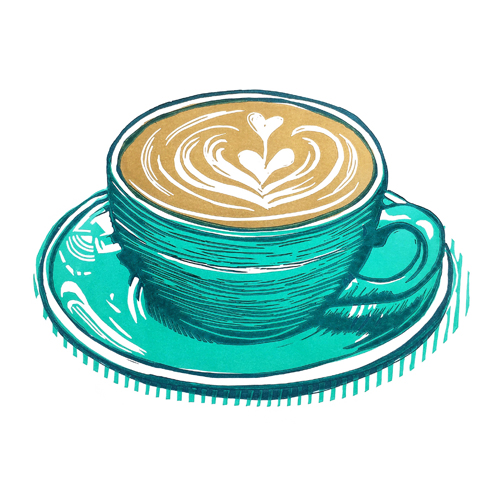Tjantings (or cantings) are beautiful Javanese tools for applying wax to cloth when making a batik. They have a long handle and a little copper or brass pot with a spout from which melted wax is let out.
Tjantings can be tricky to use at first but don’t be discouraged! Once you have got the hang of how to use them, they will enable you to draw fluid lines onto cloth, creating detailed and delicate batiks. Here are our top tips for using tjantings:
Tjantings are available in different types and sizes. Usually, tjanting sizes are numbered: a smaller number referring to a smaller sized spout. The larger the spout, the faster the wax will come out and the thicker the drawn line will appear. Smaller spouted tjantings will allow you to draw more slowly but will require more frequent dips into the wax pot to remain hot as the small spouts are quicker to cool and block.

Hold the tjanting in the palm of your hand, not like a pencil. This should give you more control over the tool and it is less likely to spill. You want to hold the centre of the handle: holding too close to the end will be wobbly, too close to the pot will be too hot.
In your other hand, hold a wad of kitchen roll or a folded rag. Use this to cup the tjanting each time it comes out of the wax pot. It will collect the excess wax from the outside of the tool, preventing it from dripping onto your work. It will also stop wax dripping from the spout of the tool until it has reached the cloth to make its first mark.

Make sure the tools stay hot. Warm each tool in the wax pot before use. We are using a Tixor Malam Wax Pot set at about 5 on the dial. This pot can accommodate several tools so place all the tjantings and brushes (natural fibres only!) you are going to need for the session to allow them to get warmed up.
Only remove a tool when you are ready to make a mark. Pick up the tjanting and place it immediately into the wad of kitchen roll or rag in your other hand. Be careful as the tool and wax will be very hot. Bring the tool to your work and place it confidently down onto the fabric. The spout of the tjanting should make contact with the cloth. Begin moving along the fabric straight away to avoid a large blob at the start of each line. As soon as you have finished a mark, pick up the tool, cup it in the rag once more and carry it back to the pot.

To achieve a smooth line, it can help to hold the tjanting with a very slight tilt to one side. A right-handed person may tip it slightly to the right. The enables the spout to glide along the fabric whilst allowing a little gap from which the wax can pour. Be careful not to tip it too much or the wax can spill!
Return to the wax pot frequently, after each long mark or collection of short marks. Don’t wait for the tjanting pot to be empty – it is likely that the wax will cool down too much before that point.
If the wax in the tjanting becomes too cold it will begin to leave the spout more slowly before blocking it completely. The wax needs to appear darker that the fabric. Wax that is too cold looks pale on the fabric and won’t penetrate all the fibres. This means that the dye will undermine the wax and your marks will disappear!
Take a look at the video below to see tjantings in action. For more information about making a batik including dye recipes, see our other batik blog posts here.
You can find a selection of tjantings and other batik tools here.

